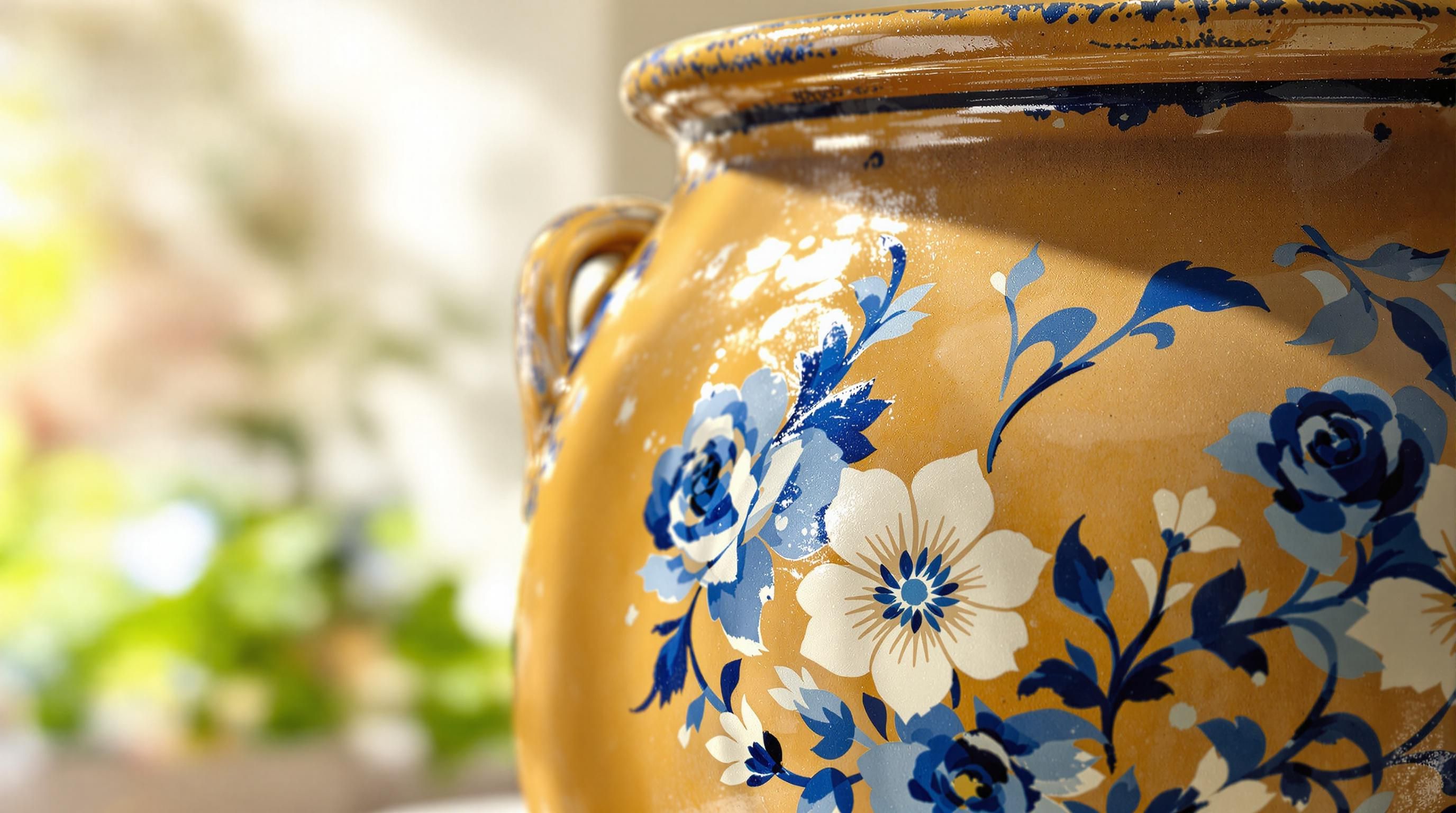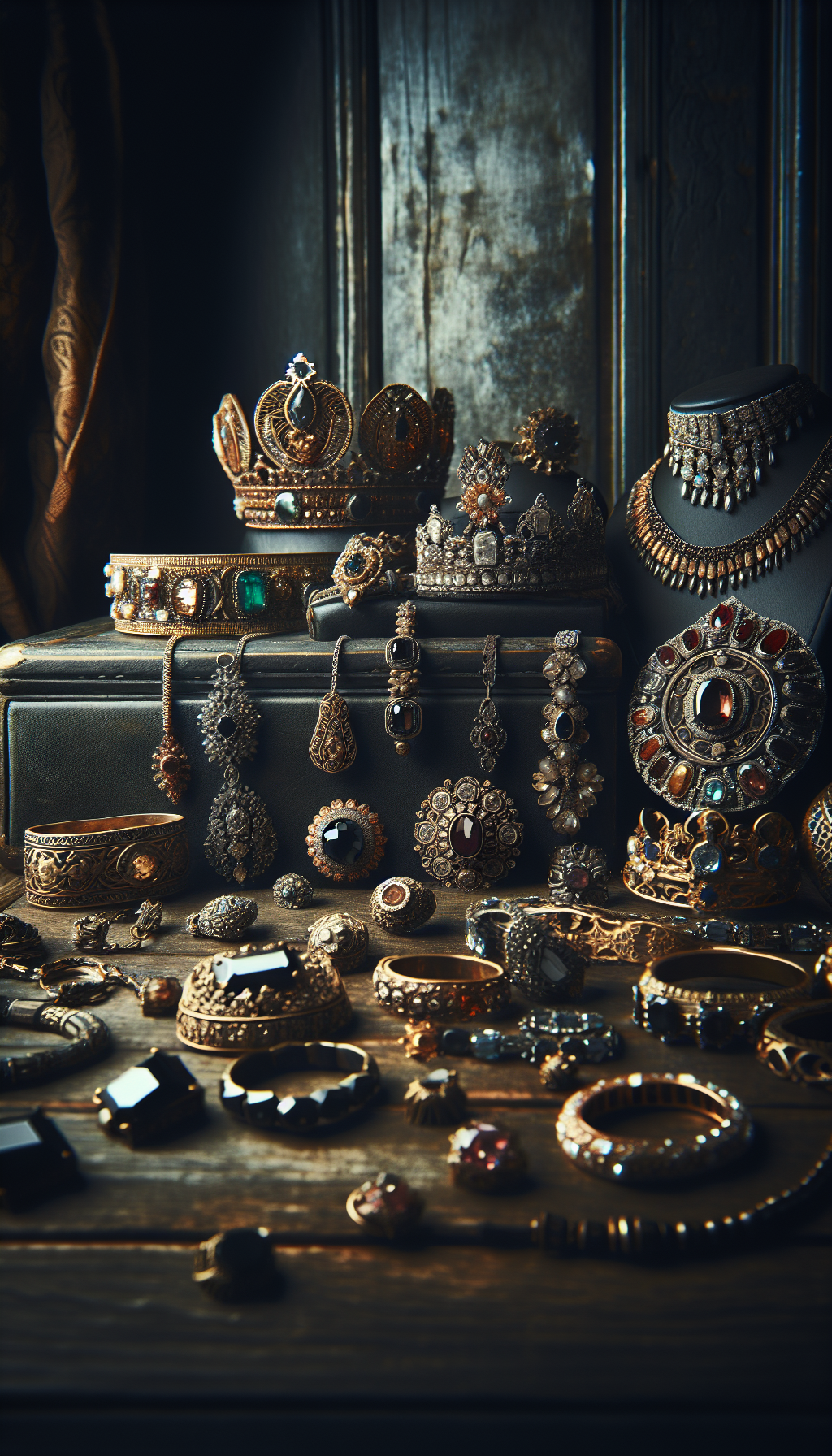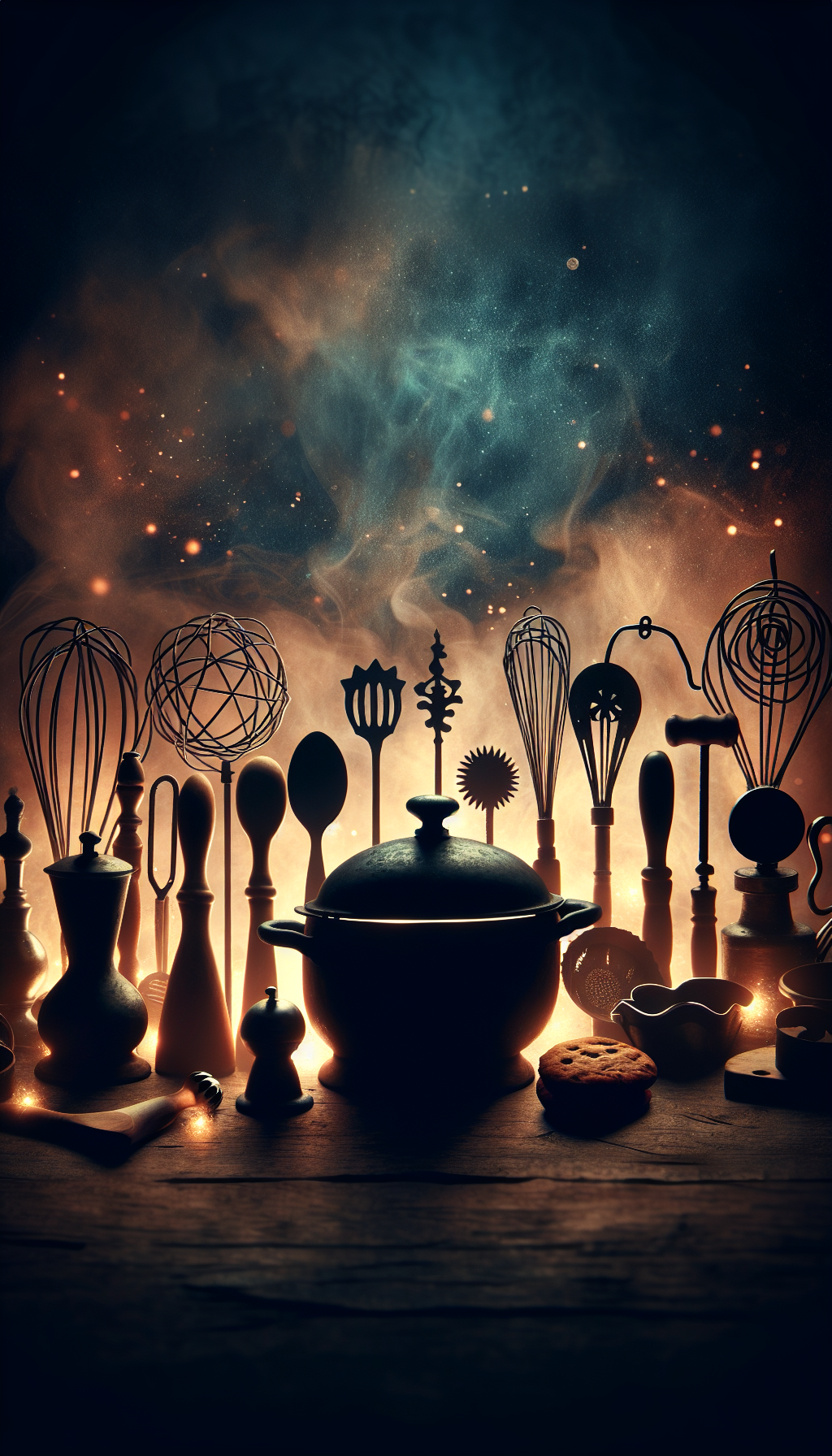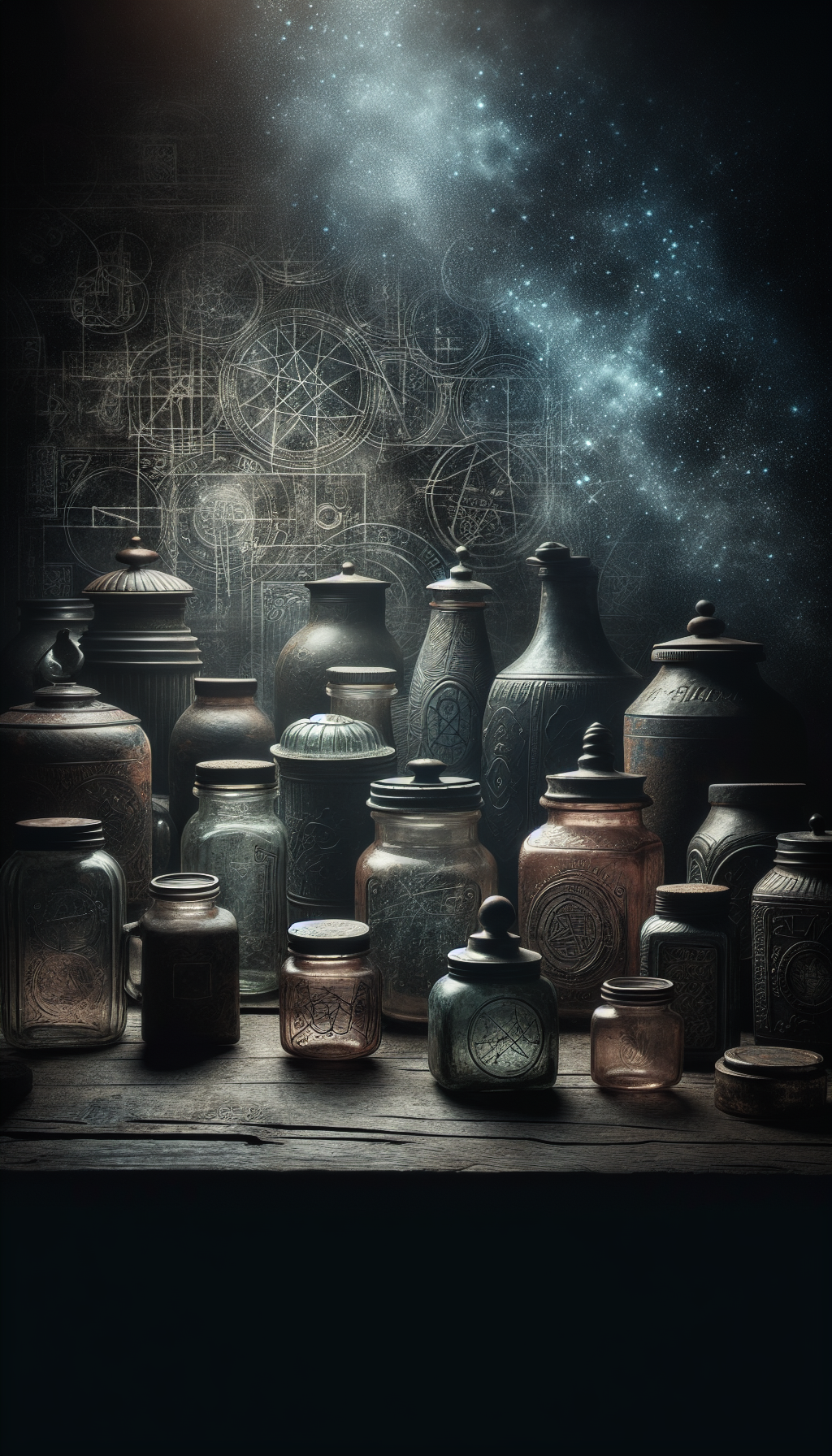Introduction to Antique Crocks
Antique stoneware crocks are cherished collectibles that connect us to America’s rich cultural past. These utilitarian vessels once served as essential storage containers in homes across the country, preserving everything from pickles and sauerkraut to butter and whiskey. Today, they’ve transformed from practical kitchenware to highly sought-after decorative pieces and valuable collectibles.
If you’ve inherited an old crock or spotted one at a yard sale, you might be wondering about its potential value. While most common antique crocks sell for under $100, exceptional pieces can command thousands or even hundreds of thousands of dollars at auction. Understanding what makes certain crocks valuable can help you determine if your stoneware is a modest collectible or a rare treasure.
In this comprehensive guide, we’ll explore the factors that influence antique crock values, identify distinguishing features of valuable pieces, and provide current market price ranges to help you assess your stoneware’s worth.
Antique Crock Value Overview
Antique crocks span an enormous price range depending on age, condition, manufacturer, decoration, and rarity. According to research from multiple antique dealers and auction houses, here’s what you can expect in terms of value:
Antique Crock Price Ranges
Current market prices based on condition and features
</tbody>
</table>
As noted by experts at LoveToKnow Antiques, your average antique crock will sell for less than $100, though exceedingly rare pieces can sell for thousands. Meanwhile, True Legacy Homes reports that the collective range for antique stoneware crock values spans from $500 to an astonishing $400,000 for the rarest examples.
Let’s examine the key factors that determine where within this broad price spectrum your crock might fall.
Factors That Determine Crock Value
Age and Historical Significance
Generally, older crocks tend to be more valuable, particularly those made before 1900. Pre-Civil War crocks (1860s and earlier) often command premium prices. However, age alone doesn’t guarantee high value—a newer crock with exceptional decoration might be worth more than an older, plain one.
Manufacturer and Origin
Certain pottery companies are more desirable to collectors than others. Well-known manufacturers include:
- Red Wing (Minnesota)
- Norton/Bennington (Vermont)
- Weller (Ohio)
- Western Stoneware (Illinois)
- Robinson Ransbottom (Ohio)
- White’s Pottery (Utica, NY)
Regional variations also impact value. For example, Southern crocks tend to be rarer than Northern ones due to fewer potteries operating in the South historically.
Decoration and Artistry
The most valuable crocks feature hand-painted decorations, particularly:
- Cobalt blue designs (birds, flowers, scenes)
- Folk art motifs
- Unusual or complex patterns
- Signed by known artists
As The Spruce Crafts notes, five-gallon, salt-glazed, hand-painted crocks with handles can sell from $200 to $1,250, with this significant price range depending largely on the decoration quality and manufacturer’s marks.
Size and Form
Crock values often correlate with size, though in complex ways:
- Very large crocks (15+ gallons) can be valuable due to rarity
- Unusual shapes or specialized forms command premiums
- Crocks with original lids are worth significantly more
- Those with handles typically bring higher prices
According to information from JustAnswer antique experts, a 15-gallon crock typically has a market value of $200-$400 at auction, with prices varying based on condition and selling venue.
Condition
Condition significantly impacts value, with perfect specimens commanding the highest prices:
- No cracks, chips, or repairs
- Original glaze intact
- No staining or discoloration
- Clear maker’s marks
Key Value Indicators
Rarity and Demand
The law of supply and demand applies strongly to antique crocks:
- Limited production runs increase value
- Regional variations can be highly sought after
- Unusual colors or glazes command premiums
- Documented provenance adds value
Evolution of American Stoneware Crocks
- 1780s-1820s
Early American Period
Salt-glazed stoneware with simple cobalt decorations becomes popular. These earliest American crocks are highly valuable. - 1830s-1860s
Pre-Civil War Expansion
Growth of regional pottery centers. Highly decorated crocks from this period can be worth thousands. - 1870s-1910s
Industrial Production Era
Mass production begins, with stamped capacity numbers. Many surviving crocks come from this period. - 1920s-1940s
Decline Period
Stoneware production diminishes as glass and metal containers become popular. Latest traditional crocks date to this era.
Identifying Valuable Antique Crocks

Understanding Maker’s Marks
Maker’s marks are crucial for identification and often directly impact value. These marks might include:
- Company name or logo
- City and state of manufacture
- Capacity number (indicating gallon size)
- Potter’s signature or mark
The marks are typically stamped, impressed, or hand-painted on the crock’s body. According to information from the ArtSmart Indiana resource, numbers on crocks typically indicate their capacity in gallons, as crocks were used as standard measures and made in different sizes.
Examining Glaze and Decoration
The glaze and decoration offer important clues about a crock’s age, origin, and value:
- Salt-glazed surface (slightly orange-peel texture) indicates older pieces
- Albany slip (brown interior glaze) was common in the 19th century
- Bristol glaze (smooth white/cream finish) suggests later production (post-1890s)
Decorative elements can dramatically increase value:
- Hand-painted designs command premiums over stamped ones
- Cobalt blue is the most common color for decoration
- Rare colors like green, red, or purple significantly increase value
- Figural decorations (people, animals, buildings) are highly desirable
Assessing Condition
Use this checklist to evaluate your crock’s condition:
Antique Crock Condition Assessment
Check all applicable items to determine condition quality
- No cracks, chips, or repairs
- Original glaze intact with minimal wear
- Decoration is clear and undamaged
- Maker's mark is legible
- Interior is clean without staining
- Original lid is present (if applicable)
- Handles are intact (if applicable)
- No restored or repainted areas
Spotting Reproductions
Beware of reproductions, as the popularity of antique crocks has led to many modern copies:
- Modern pieces often have perfectly uniform shape and glaze
- Reproductions may have artificially aged surfaces
- Newer crocks typically have smoother, more consistent texture
- Authentic maker’s marks have specific characteristics for each pottery
Notable Crock Manufacturers and Their Values
Red Wing Stoneware
Red Wing pottery from Minnesota (1877-1967) produces some of the most collectible crocks, known for their quality and distinctive wing logo.
- Common Red Wing crocks (1-5 gallon): $120-$300
- Decorated Red Wing pieces: $250-$1,000+
- Rare or unusual forms: $500-$5,000+
For more detailed information on Red Wing values, the Red Wing Collectors Society offers extensive resources and pricing guidance.
Western Stoneware Company
Western Stoneware (Illinois) pieces are widely available and moderately priced:
- Standard Western Stoneware crocks: $80-$200
- Decorated examples: $200-$500
- Rare forms or sizes: $300-$800
Robinson Ransbottom Pottery
Robinson Ransbottom (Ohio) crocks are typically more affordable:
- Standard pieces: $50-$150
- Decorated examples: $150-$350
- Crown mark pieces are particularly collectible
According to a valuation on JustAnswer, Robinson Ransbottom stoneware crocks with the crown mark typically have a fair market value of $80-$95.
Norton/Bennington Pottery
Early Vermont pottery from Norton/Bennington commands premium prices:
- Basic pieces: $200-$400
- Highly decorated examples: $500-$2,500+
- Rare forms can exceed $5,000
Recent Auction Sales of Notable Crocks
Examples of valuable stoneware sold at recent auctions
| Category | Price | Notes |
|---|---|---|
| Common utilitarian crocks (unmarked/minor decoration) | $30-$100 | Most abundant in the market |
| Marked crocks with basic decoration (1-5 gallon) | $100-$300 | Good to excellent condition |
| Decorated crocks with cobalt blue designs | $200-$500 | Depending on quality of decoration |
| Rare, hand-painted crocks with elaborate designs | $500-$2,500 | Bird motifs, floral designs, scenes |
| Large size crocks (10+ gallons) | $300-$1,000 | Condition critical for higher values |
| Extremely rare, historically significant examples | $5,000-$400,000 | Museum-quality pieces |
</tbody>
</table>
Where to Buy and Sell Antique Crocks
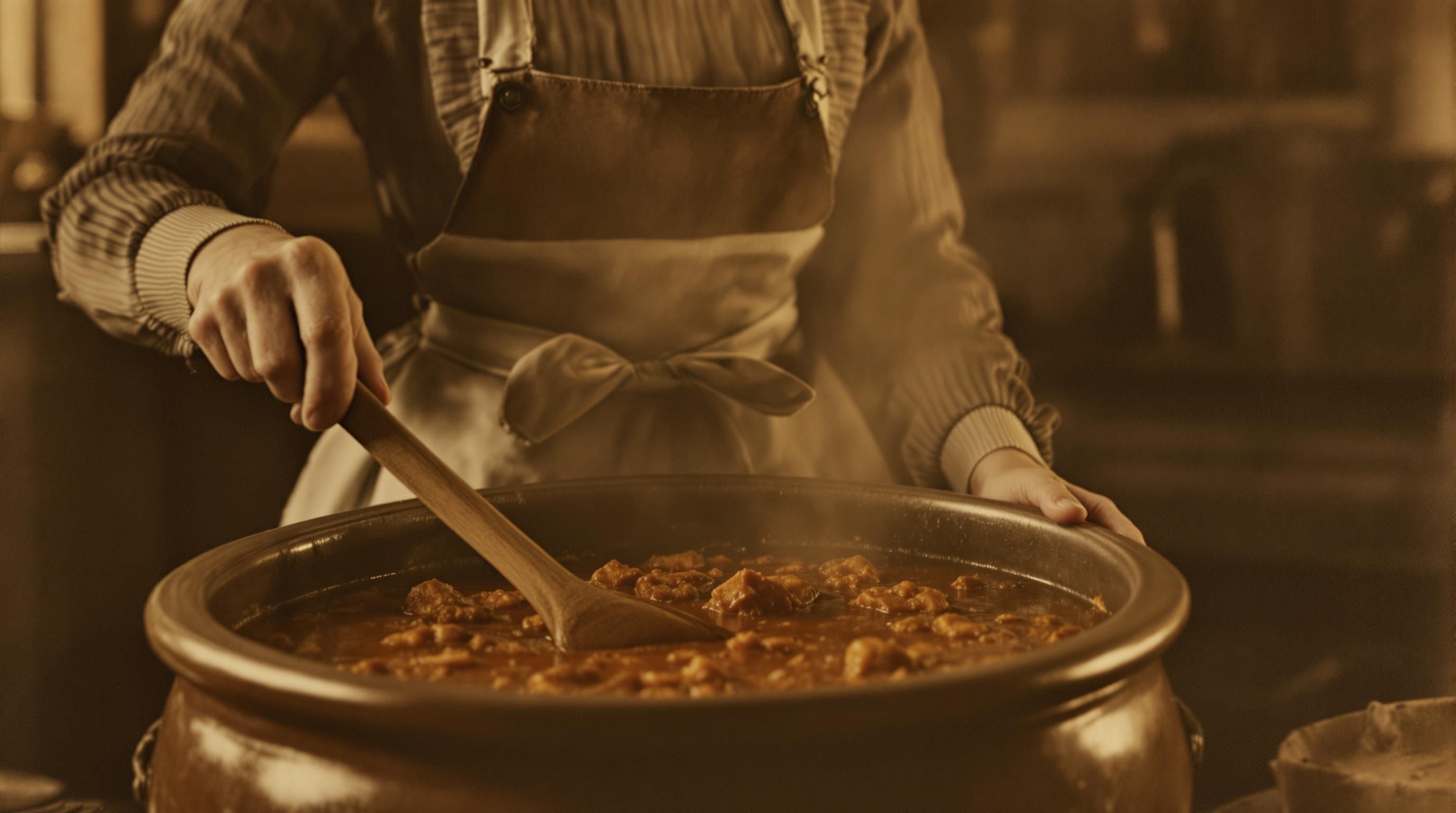
Online Marketplaces
Online platforms offer convenience and wide selection:
- eBay: As shown in their vintage antique crocks section, prices range widely from under $30 for common pieces to thousands for rare examples.
- Etsy: Specializes in vintage and antique items with seller descriptions.
- 1stDibs: Features higher-end antique crocks, with prices typically starting at several hundred dollars.
- Chairish: Offers a curated selection of vintage and antique crocks in various price ranges, from $38 for basic pieces to hundreds for premium examples.
Specialty Dealers
Antique dealers often provide authenticated pieces with provenance:
- Doc’s Crocks: Specializes exclusively in antique stoneware with detailed descriptions and authentication.
- Regional antique shops: Often have locally-made crocks with historical context.
- Antique shows and fairs: Provide opportunities to negotiate and examine pieces in person.
Auction Houses
Auctions can yield both bargains and premium prices:
- Specialized pottery auctions: Crocker Farm, Skinner, and Wiederseim auctions regularly feature stoneware.
- Regional auction houses: Often include local pottery with significant regional interest.
- Online auctions: LiveAuctioneers and Invaluable connect buyers with auction houses globally.
Private Sales
Direct sales between collectors can benefit both parties:
- Collector clubs: Organizations like the Red Wing Collectors Society facilitate member sales.
- Social media groups: Facebook marketplace and specialist collector groups offer direct sales.
- Estate sales: Often feature family collections with potential bargains.
Decorating and Repurposing Antique Crocks
According to The Antiqued Journey, there are numerous creative ways to use vintage crocks in home decor:
- As vases for flowers, dried arrangements, or large greenery
- Kitchen utensil storage near the stove
- Firewood or kindling storage by the fireplace
- Pet toy collection containers
- Entryway shoe or umbrella storage
- Planting containers for indoor herbs or plants
- Display pieces on open shelving
- Kitchen canisters for flour, sugar, etc.
- Bathroom storage for rolled towels
- Wine or beverage chillers
When using valuable crocks for decor, take care to:
- Keep them away from direct sunlight to prevent fading
- Avoid using antique crocks for liquids if they have hairline cracks
- Insert plastic containers when using as planters to protect from moisture
- Use protective pads when placing on delicate surfaces
Common Questions About Antique Crock Values
What can I do with vintage crocks?
Vintage crocks have numerous decorative and practical uses in modern homes:
- Use as eye-catching vases for flowers or dried arrangements
- Display as standalone decorative pieces
- Store kitchen utensils like wooden spoons and spatulas
- Hold firewood or kindling next to fireplaces
- Collect pet toys in living areas
- Store shoes or umbrellas in entryways
- Use as planters for indoor herbs or plants (with proper drainage)
- Create thematic displays with other antique items
When repurposing valuable crocks, take care to avoid potential damage from water, direct sunlight, or rough handling.
How much is a 40 gallon crock worth?
A 40-gallon crock typically has an estimated secondary retail market value of $175-$250, depending on condition and sales venue. These large crocks generally sell for higher prices in antique shops or private sales compared to auctions.Very large crocks like these are relatively rare, as they were difficult to produce and transport. Factors affecting their value include:
- Condition (cracks significantly reduce value)
- Presence of maker’s marks
- Decoration (if any)
- Region of origin
Due to their size and weight, shipping costs can be substantial, which sometimes impacts the net value to sellers.
What do numbers on crocks mean?
Numbers on crocks typically indicate their capacity in gallons. Since crocks were used as standard measures for food storage, they were manufactured in specific sizes.For example:
- A "1" marking indicates a one-gallon crock
- A "2" indicates a two-gallon crock
- A "5" indicates a five-gallon crock
These numbers were usually stamped or impressed into the clay before firing and can be found near the rim or on the body of the crock. The number markings help collectors identify and categorize crocks, and certain sizes may be more valuable or desirable to collectors than others.
How much is stoneware worth?
Stoneware values vary dramatically based on several factors:
- Most antique stoneware jugs sell for $200-$300
- Common utilitarian crocks typically sell for $30-$100
- Decorated pieces with cobalt blue designs range from $200-$500
- Rare specimens with exceptional decoration can reach $7,000-$10,000
- Historically significant or museum-quality pieces have sold for over $100,000
The value depends heavily on age, condition, maker, decoration, and rarity. Pieces with clear maker’s marks, original lids, and in excellent condition command premium prices. The most valuable stoneware exhibits exceptional artistry in decoration, historical significance, or extreme rarity.
How can I tell how old my crock is?
Dating antique crocks involves examining several key characteristics:
- Maker’s Marks: Research when the pottery operated; some marks changed over time
- Glaze Type: Salt-glazed surfaces typically indicate pre-1900s production; Bristol (white) glaze became common after 1890
- Decoration Style: Hand-painted designs are generally older than stamped ones
- Construction Method: Look for evidence of hand-turning rather than machine production
- Capacity Markings: Stamped numbers became standard after the 1870s
- Clay Color: Can vary by region and time period
For precise dating, consider consulting with an antique stoneware specialist who can examine the piece in person.
Are Red Wing crocks valuable?
Red Wing crocks are among the most collectible American stoneware pieces and often command premium prices:
- Common Red Wing crocks in good condition: $120-$300
- Red Wing pieces with decorative elements: $250-$1,000+
- Rare forms, colors, or experimental glazes: $500-$5,000+
Red Wing Pottery operated in Minnesota from 1877 to 1967, producing high-quality stoneware with distinctive characteristics. Collectors particularly value pieces with the wing logo, unusual sizes, rare decorations, or limited production items.
The Red Wing Collectors Society maintains extensive resources on identifying and valuing these pieces, and their annual conventions often feature expert appraisals.
What were antique crocks used for originally?
Antique crocks served essential food storage and preparation functions in American households from the 18th to early 20th centuries:
- Food Preservation: Storing pickles, sauerkraut, and fermented vegetables
- Dairy Storage: Keeping butter, cheese, and cream
- Beverage Storage: Holding cider, beer, whiskey, and water
- Dry Goods Storage: Containing flour, sugar, coffee, and salt
- Food Preparation: Mixing bread dough and batters
- Meat Preservation: Storing salted or brined meats
Before refrigeration, stoneware crocks provided an ideal storage environment because their thick walls helped maintain consistent temperatures, and their non-porous surfaces prevented contamination. Many households owned multiple crocks in various sizes for different purposes.
External Resources for Antique Crock Research
The Spruce Crafts: Antique Stoneware Identification Guide
Comprehensive guide to identifying and valuing antique stoneware jugs and crocks, with information on makers, marks, and decoration styles.
LoveToKnow: Antique Stoneware Crocks
Detailed guide to antique crock values and identification, including information on regional styles and manufacturer marks.
Red Wing Collectors Society
Official site of the Red Wing Collectors Society, offering membership information, educational resources, and details about annual conventions and auctions.
Doc's Crocks: Antique Stoneware
Specialist dealer in antique American stoneware with educational information about regional pottery and current market prices.
True Legacy Homes: Antique Crocks Value Guide
Comprehensive price guide for antique stoneware crocks with information on identifying valuable pieces and market trends.
The Antiqued Journey: Decorating with Vintage Crocks
Creative ideas for incorporating antique and vintage crocks into home decor, with styling suggestions and practical tips.
Conclusion: Understanding the Value of Your Antique Crock
Antique stoneware crocks represent a fascinating intersection of American history, folk art, and utilitarian craft. While most common examples sell for modest prices under $100, exceptional pieces with rare decorations, unusual forms, or historical significance can command thousands of dollars.
When assessing your crock’s value, remember to consider its age, manufacturer, decoration, condition, size, and rarity. The most valuable pieces typically feature hand-painted designs, clear maker’s marks, perfect condition, and exceptional artistry.
Whether you’re a serious collector, casual enthusiast, or someone who discovered an old crock in the attic, understanding these value factors helps you appreciate these durable pieces of American heritage. Even if your crock isn’t a rare treasure worth thousands, its connection to our cultural past and rustic aesthetic appeal make it a worthwhile collectible and decorative piece.
For the most accurate valuation of a specific piece, consider consulting with a stoneware specialist, visiting a reputable antique dealer, or attending an appraisal event. The stories these humble vessels tell about American domestic life, regional craft traditions, and artistic expression make them fascinating objects regardless of their monetary value.
Get a Professional Appraisal
Unsure about your item’s value? Our certified experts provide fast, written appraisals you can trust.
- Expert report with photos and comps
- Fast turnaround
- Fixed, upfront pricing
No obligation. Secure upload.
| Item | Price | Date | Auction House |
|---|---|---|---|
| 4-Gallon Blue-Decorated Bird Crock, New York | $9,840 | 2022 | Crocker Farm Auctions |
| Red Wing 20-Gallon Salt Glaze with Wing Logo | $3,200 | 2021 | Morphy Auctions |
| Ohio Stoneware Crock with Deer Decoration | $1,250 | 2023 | Cowan's Auctions |
| 5-Gallon Western Stoneware with Original Lid | $425 | 2022 | eBay |
